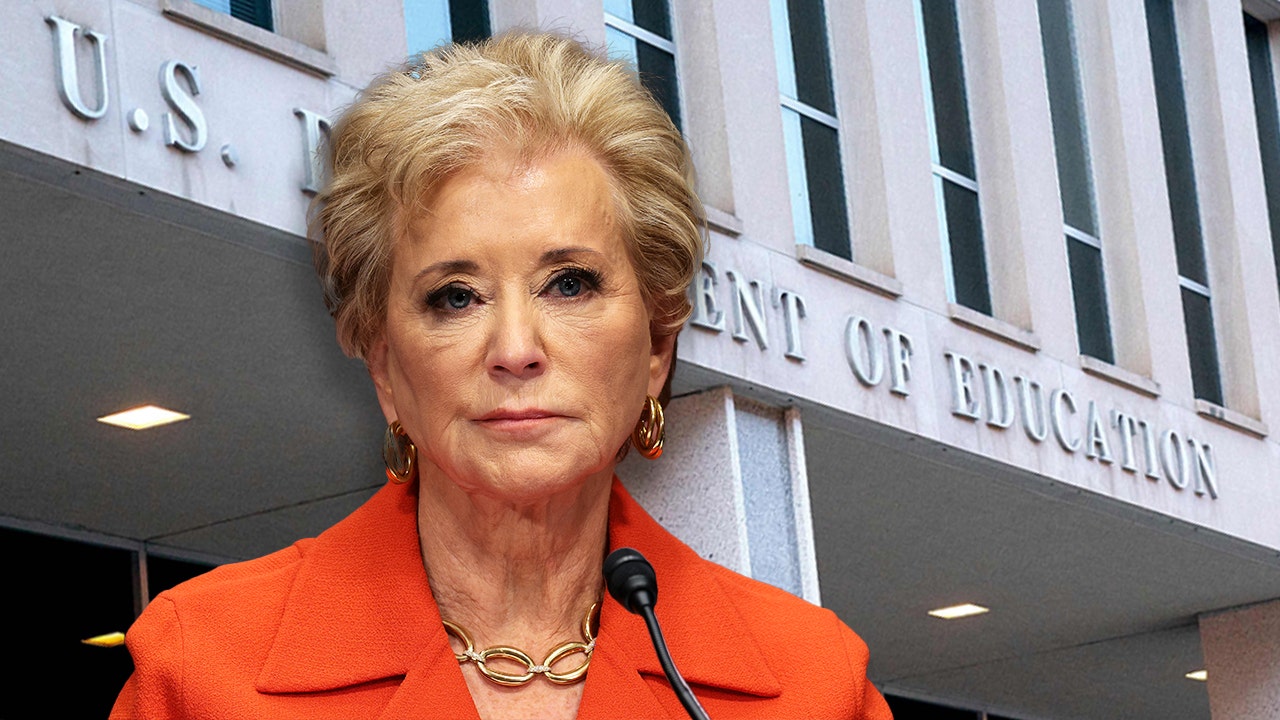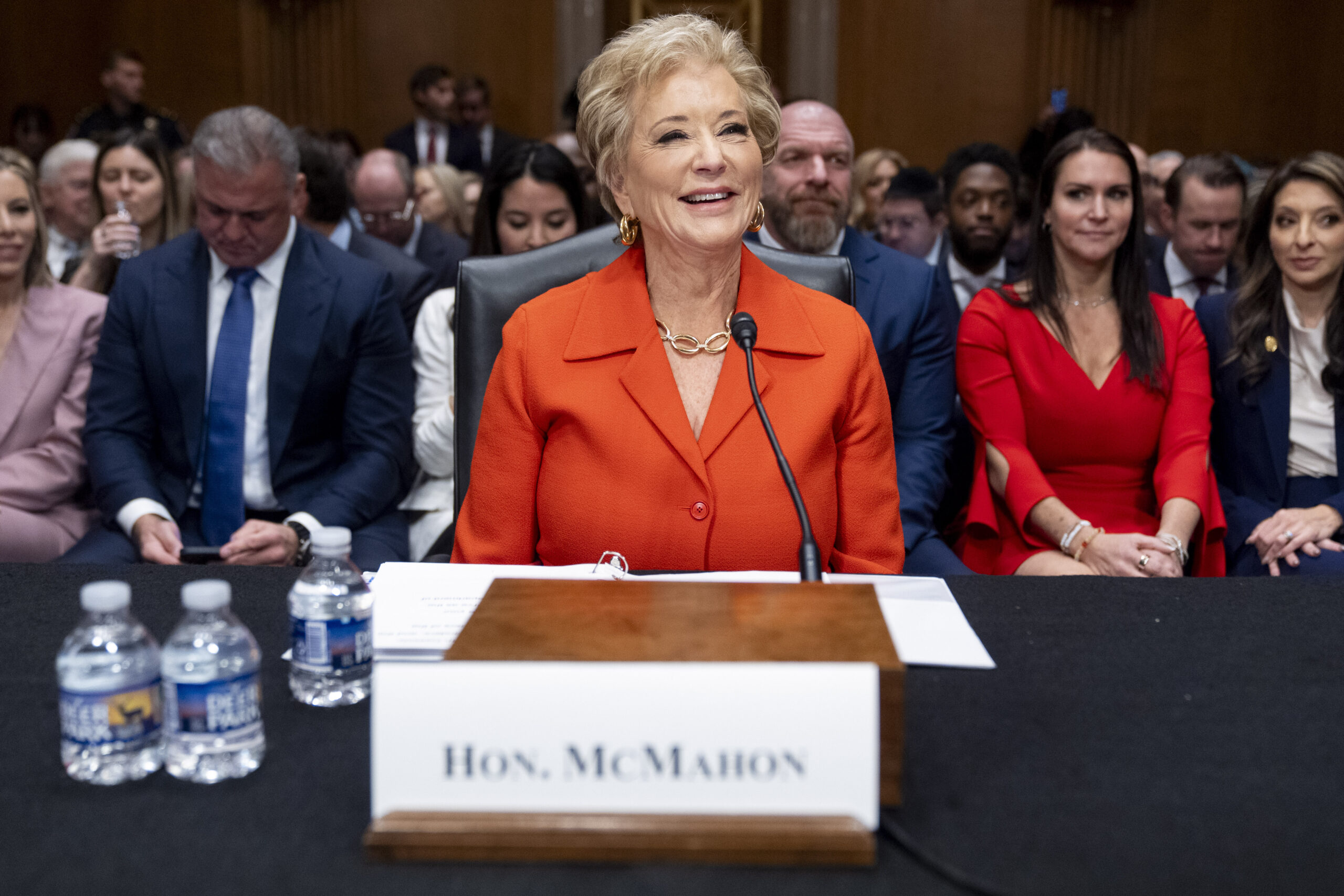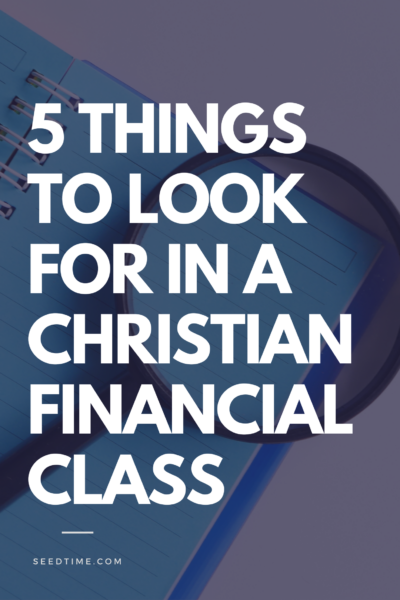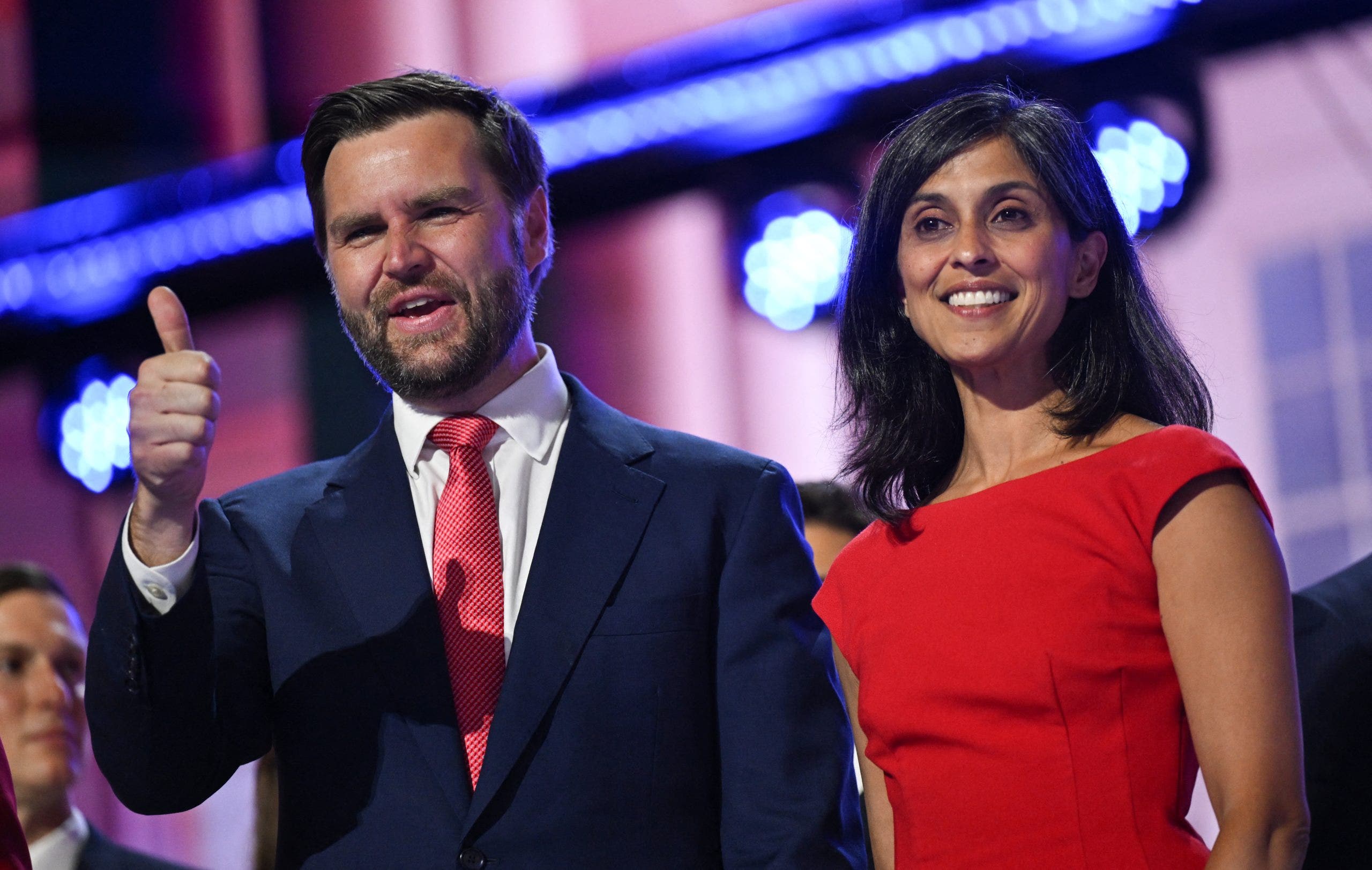Is retirement at 55 possible for this couple with two teens and a new business?
Reviews and recommendations are unbiased and products are independently selected. Postmedia may earn an affiliate commission from purchases made through links on this page.
Article content
Toronto-based Paul,* 53, and Evelyn, 50, are mortgage-free and hoping to leave full-time employment behind as soon as possible, but is retirement at 55 possible with two teens and a new business?
Paul works in IT and earns $187,500 a year before tax, plus a fluctuating annual bonus of between 15 per cent and 25 per cent of his base salary. The couple earns $22,000 a year in dividends.
Advertisement 2
Article content
Evelyn recently purchased a boutique professional consultancy for $200,000. She earned about $127,000 in 2023. For the next three years, she will only draw enough income (a minimum of $50,000 per year in dividends) to pay off the purchase price. She currently has approximately $70,000 in exchange-traded funds in a corporate investment account.
Paul has $82,000 in executive equity from his employer as well as an employer defined-benefit pension plan that is not indexed to inflation and will pay $35,223 before tax a year if he retires at 55, $41,713 at 56, $48,109 at 57, $45,646 at 58 and $66,912 at 60.
In his ideal scenario, he’ll retire from his current job at 55 and work a couple of years for his wife at her company until he turns 57. At this point, Evelyn is committed to her new business for the next three years, when it will be paid off, and isn’t quite sure when she will sell and retire.
If Paul does retire at 55 from his current employer, he can continue to be part of the company’s benefits plan at a cost of $97.65 a month.
“We currently rely upon my full-time employment for medical/dental benefits,” he said. “I’m wondering if I should continue it when I retire.”
Article content
Advertisement 3
Article content
The couple owns a home valued at $2.2 million and has an investment portfolio worth about $2.7 million (not including the purchase price of Evelyn’s business). This includes $309,000 in tax-free savings accounts, $896,000 in registered retirement savings plans, $58,000 in a locked-in retirement account, $320,000 in stocks, $185,000 in registered education savings plans and $854,000 in trust accounts for their children.
The couple also has $500,000 in life insurance and Paul has $750,000 in coverage from his employer while he’s employed. Their current monthly expenses are about $4,200.
The couple plans to stay in their current home for the foreseeable future and would like to start travelling more in retirement — an expense Paul pegs at $10,000 a year — and spending time at Evelyn’s parents’ cottage.
Paul and Evelyn have two key questions for the experts: Will the RESPs cover post-secondary education and when can Paul retire?
“We want to leave the in-trust account and our home to our children and so we don’t want to touch those assets,” he said. “Given that, is my plan to retire in two years feasible? If not, when is a reasonable retirement possible?”
Advertisement 4
Article content
What the expert says
Graeme Egan, a financial planner and portfolio manager who heads CastleBay Wealth Management Inc. in Vancouver, said Paul and Evelyn’s diligence over the years in paying off debt and saving money has positioned their family well for the future, including an early retirement for Paul.
The RESPs, which amount to $92,500 for each child, should be sufficient to fund four-year undergraduate studies for both children.
“Currently, a year away at university is anticipated to cost between $20,000 and $25,000 all in — tuition, books, residence, food, etc. Going to post-secondary locally will be much cheaper,” he said. “A best practice when post-secondary is about six months to one year away is to avoid all equity risk with the investments and move to a guaranteed-type investment such as money market or T-bills, for example, to ensure the money will be available given the short time horizon.”
Egan said the period prior to their first child starting university is also a good time for Paul and Evelyn to familiarize themselves with the RESP withdrawal rules.
Advertisement 5
Article content
According to his projections, if Paul retires at 55, his pension ($35,223), Evelyn’s dividend income ($50,000) plus the investment income from their combined portfolio (an estimated $80,000, assuming a conservative five per cent annual return) will give the couple approximately $132,000 per year, or $11,000 per month after paying a 20 per cent combined tax rate thanks to their ability to income split and tax effective dividend income.
“This easily exceeds their current expenses and travel budget and doesn’t include CPP or OAS entitlements or the $70,000 in ETFs in the corporate investment account,” Egan said. “Moreover, Paul says he could also work for Evelyn’s business, which would reduce the need to extract money or income from their portfolio for the first few years of his retirement.”
Once Paul retires, Egan recommends he elect to continue being part of his company’s benefits plan, especially since Evelyn does not have any coverage.
Given their investments, home equity and in-trust accounts for their children, he suggests they cancel their $500,0000 life insurance coverage when Paul reaches age 60. This will ensure interim coverage after he retires and his employer’s group life insurance coverage ends.
Advertisement 6
Article content
“Paul and Evelyn should look at the asset mix of their consolidated portfolio to ensure it reflects their potential retirement date and that they are not taking more risk than they need to in order to meet projected cash flow needs,” he said.
Egan recommends the couple consult a fee-only financial planner to generate retirement projections that incorporate their current financial information, their objectives under various scenarios using different rates of return, spending and lifestyle expense assumptions, and inflation.
Recommended from Editorial
-

Snowbirds face hurdles achieving desired retirement lifestyle
-

Can this couple pay off their mortgage before retirement?
“These projections can also include strategies as to how to draw down Evelyn’s corporate investments as well as the most tax-effective time to commence Canada Pension Plan and Old Age Security benefits as a couple.”
* Names have been changed to protect privacy.
Bookmark our website and support our journalism: Don’t miss the business news you need to know — add financialpost.com to your bookmarks and sign up for our newsletters here.
Article content






















Discussion about this post